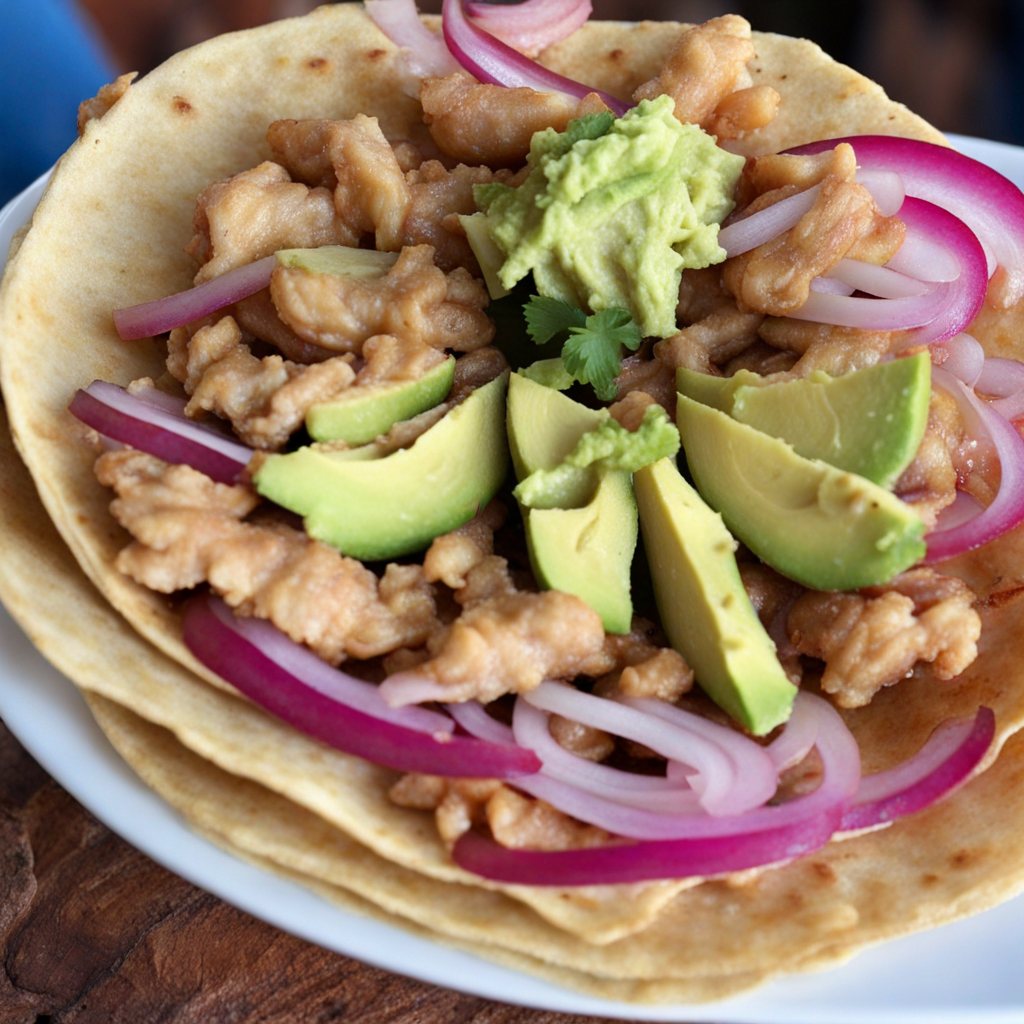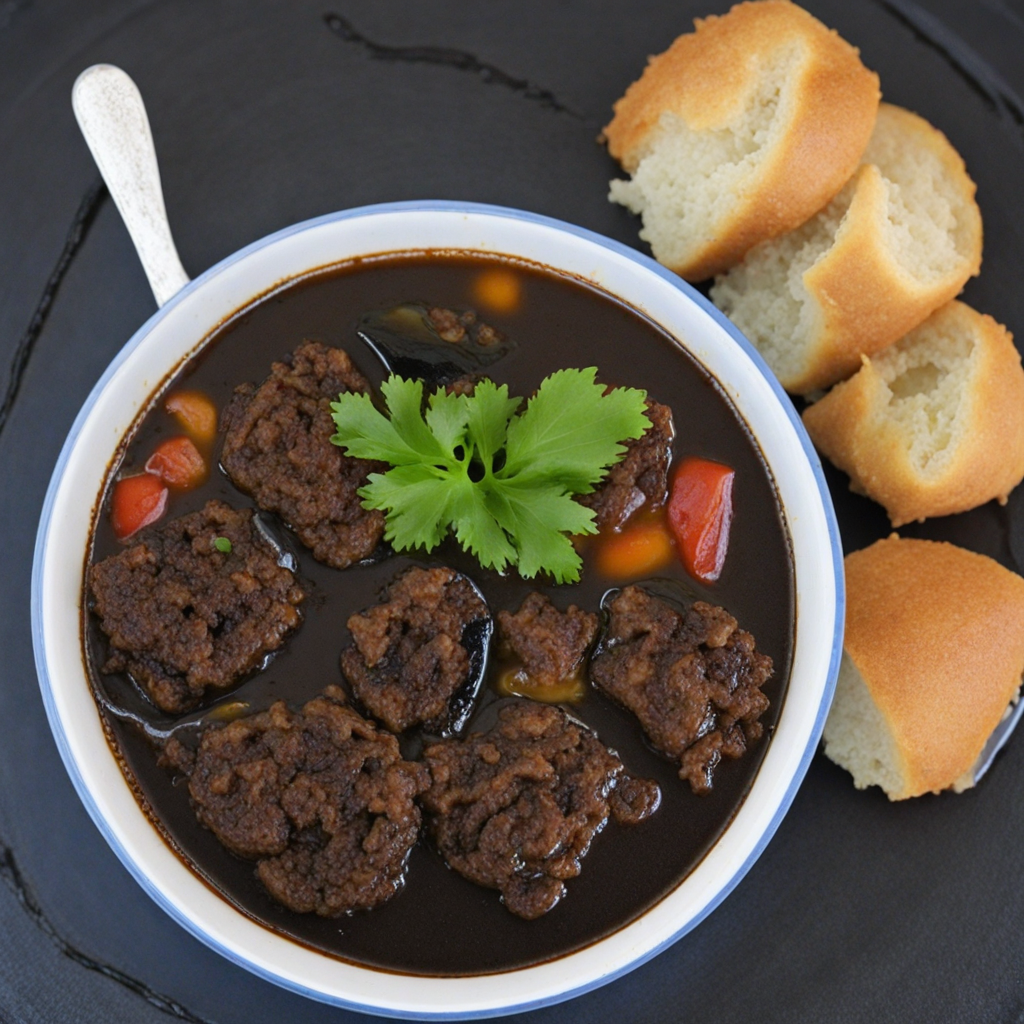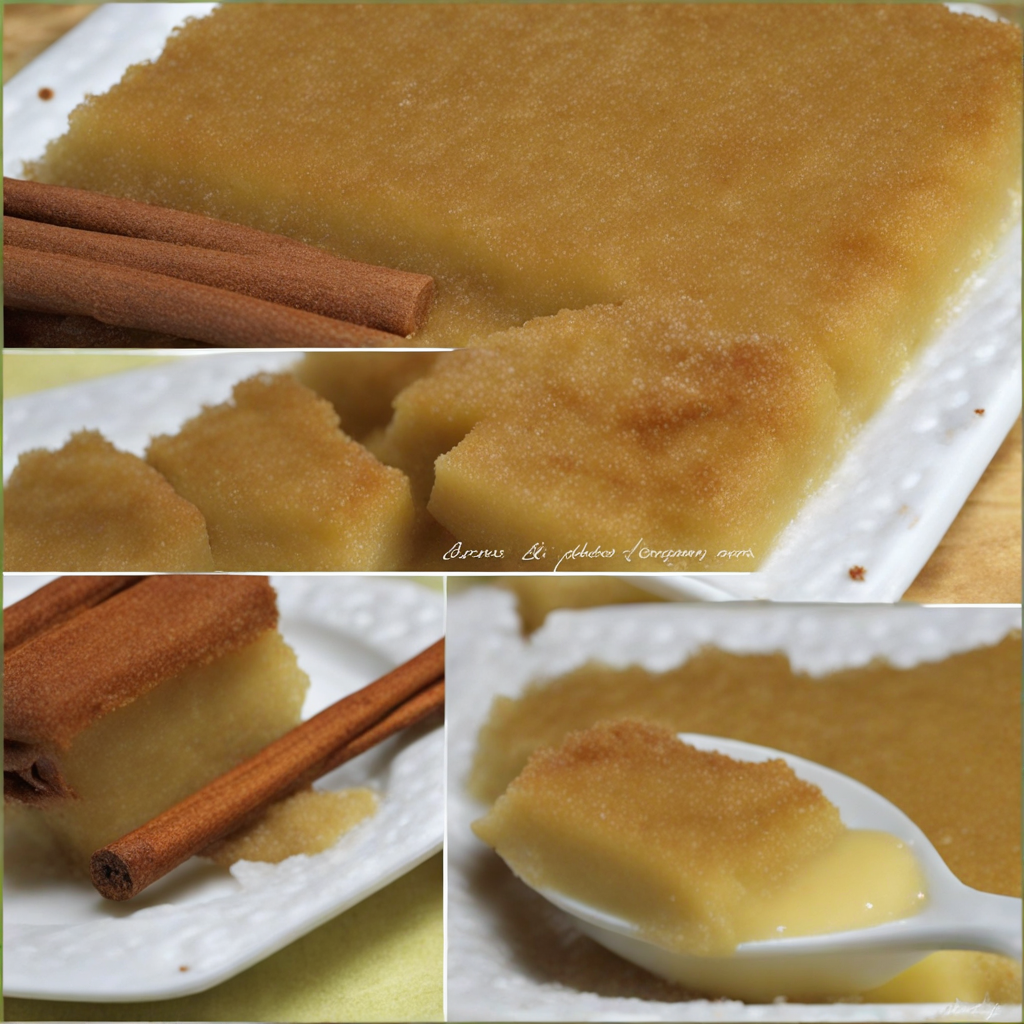Salbutes
Salbutes are a delightful traditional dish from Belize that perfectly encapsulates the vibrant flavors and culinary heritage of the country. These small, thick corn tortillas are deep-fried until they puff up and achieve a golden, crispy exterior while maintaining a soft and tender inside. The texture contrasts create an enjoyable bite, making salbutes an irresistible snack or appetizer. They are often served warm, providing a comforting base for a variety of toppings that enhance their flavor profile. Typically, salbutes are topped with a generous helping of shredded chicken or turkey, which is marinated in a blend of spices and then cooked to perfection. Alongside the meat, you’ll often find a colorful array of fresh ingredients such as diced tomatoes, crunchy lettuce, and finely chopped onions. To add an extra layer of flavor, a drizzle of tangy hot sauce or a sprinkle of cilantro is commonly added, creating a harmonious combination of taste and texture that is both satisfying and refreshing. The versatility of salbutes allows for a variety of adaptations, making them a beloved choice among locals and visitors alike. Whether enjoyed at a lively street food stall or as part of a family gathering, salbutes invite you to savor the rich cultural tapestry of Belizean cuisine. Each bite is a celebration of community and tradition, showcasing the importance of fresh, local ingredients in creating unforgettable flavors that linger long after the meal is over.
How It Became This Dish
The History of Salbutes: A Culinary Treasure of Belize Belize, a small nation nestled on the eastern coast of Central America, is renowned for its diverse cultural heritage, which is reflected in its vibrant culinary landscape. Among the many traditional dishes that embody this rich tapestry of influences, salbutes stand out as a beloved staple. These delightful snacks, characterized by their crispy, fried corn tortillas topped with a variety of ingredients, encapsulate the historical and cultural journey of Belizean cuisine. #### Origins of Salbutes The roots of salbutes can be traced back to the ancient Maya civilization, which inhabited the region long before the arrival of European colonizers. The Maya were skilled agriculturalists, cultivating maize as a primary crop, which held profound significance in their culture. Corn tortillas, a staple food in Maya society, were often used as a base for various toppings, serving as both sustenance and a means of social interaction. With the arrival of the Spanish in the 16th century, the culinary landscape of Belize began to evolve. The fusion of indigenous Maya traditions with Spanish influences laid the groundwork for many modern Belizean dishes, including salbutes. The Spanish introduced new ingredients, such as poultry and spices, which enriched the flavor profiles of traditional foods. Salbutes, in their initial form, likely emerged as a simple yet satisfying meal among the local populace, using readily available ingredients combined with cooking techniques adapted from different cultures. #### Cultural Significance Salbutes are more than just a tasty treat; they are a symbol of Belizean identity and community. Traditionally, they are served at various gatherings, including family celebrations, festivals, and public events. The preparation and sharing of salbutes often bring people together, fostering a sense of camaraderie and cultural pride. In Belize, food serves as a medium for storytelling, and salbutes are no exception. Each ingredient tells a tale of the land and its people. The corn, which plays a central role in the dish, is a symbol of sustenance and cultural heritage, while the toppings—often consisting of shredded chicken or turkey, pickled onions, and fresh vegetables—reflect the diverse culinary influences that have shaped Belizean cuisine over the centuries. #### The Evolution of Salbutes As Belizean society continued to evolve, so too did the preparation and presentation of salbutes. In the 20th century, with the rise of tourism and the globalization of food culture, salbutes gained broader recognition beyond local communities. They began to be featured more prominently in restaurants and food stalls, drawing the attention of both locals and visitors alike. The versatility of salbutes has also contributed to their popularity. While the traditional toppings remain beloved, modern interpretations have emerged, incorporating a wide array of ingredients. For instance, some variations include seafood, such as shrimp or fish, while others feature vegetarian options with beans or roasted vegetables. This adaptability allows salbutes to cater to evolving tastes and dietary preferences, further solidifying their place in Belizean cuisine. Moreover, the presentation of salbutes has evolved. While they were once served simply on a plate, they are now often accompanied by vibrant garnishes like avocado slices, fresh cilantro, and lime wedges. This evolution in presentation not only enhances the visual appeal of the dish but also elevates the overall dining experience, making salbutes a favorite among food enthusiasts. #### Salbutes in the Context of Belizean Cuisine Salbutes are part of a larger family of traditional Belizean foods that showcase the nation’s culinary diversity. They share the stage with other beloved dishes, such as garnaches, which are similar but topped with bean paste and cheese, and panades, made with fish or meat. Each of these dishes represents a unique aspect of Belize’s cultural heritage, allowing locals and tourists alike to explore the country’s history through its food. The cooking of salbutes often involves specific techniques that have been passed down through generations. The use of masa (corn dough) is a time-honored tradition, and the process of frying the tortillas to achieve the perfect crispiness requires skill and experience. Many families have their own secret recipes and methods for making salbutes, often resulting in friendly rivalries over whose version is the best. #### Contemporary Popularity and Global Influence In recent years, the popularity of salbutes has transcended Belize’s borders. With the rise of food tourism and the increasing interest in global cuisines, salbutes have found their way onto menus in international restaurants and food festivals. As people become more adventurous in their culinary explorations, the demand for authentic Belizean dishes, including salbutes, has grown. Social media platforms have also played a significant role in this culinary renaissance. Pictures of beautifully garnished salbutes are frequently shared, sparking interest and curiosity among food lovers worldwide. This visibility has not only helped to elevate the dish's profile but also fostered a sense of pride among Belizeans, encouraging them to preserve their culinary traditions while embracing innovation. #### Conclusion Salbutes are a culinary gem that encapsulates the rich history, cultural significance, and evolving nature of Belizean cuisine. From their ancient Maya roots to their contemporary interpretations, salbutes have remained a beloved dish that brings people together. They serve as a delicious reminder of the diverse influences that have shaped Belize’s food culture and continue to play a vital role in the nation’s identity. As Belizeans and food enthusiasts around the world continue to celebrate and innovate upon this traditional dish, salbutes will undoubtedly remain a cherished part of Belizean heritage for generations to come.
You may like
Discover local flavors from Belize







